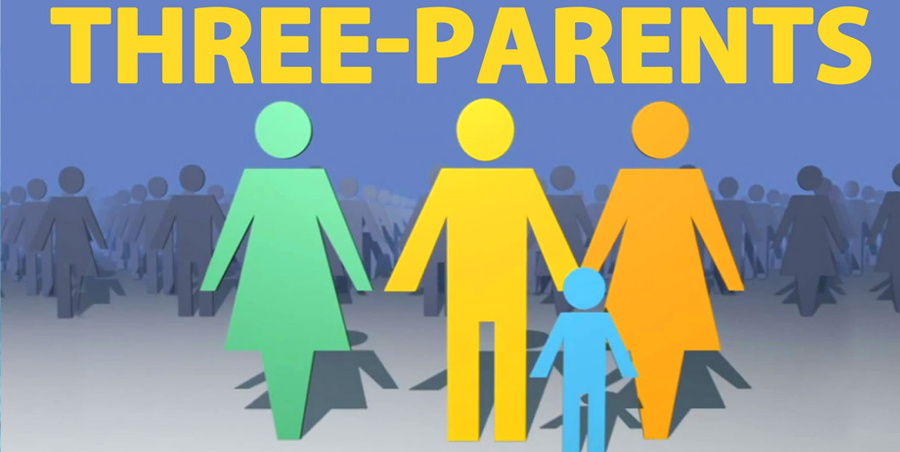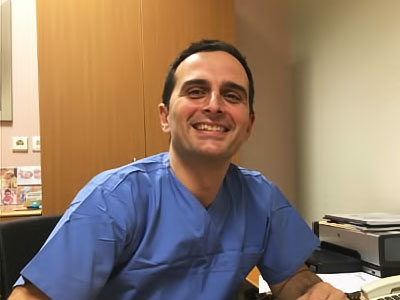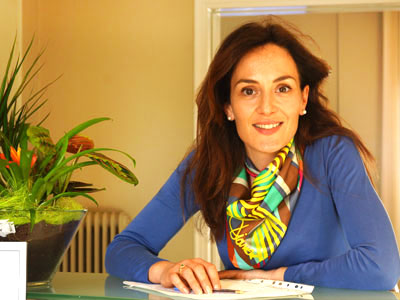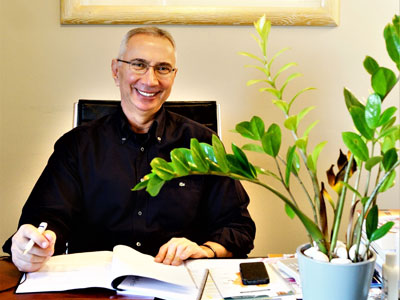A newly emerging, promising technique is breaking new ground in IVF treatment.
It is called “maternal spindle transfer”, but is more widely known as the “three-parent baby” technique.
The genetic material that determines our characteristics is codified as DNA and is contained in the cell nucleus. However, the mitochondria, which act as the “power plants” of the cell, are found outside the nucleus and contain their own, autonomous DNA. The mitochondrial genome is small compared to its nuclear counterpart, yet mitochondrial dysfunction can be the root cause of many diseases. Mutations of the 37 mitochondrial genes inherited exclusively from the mother can lead to fatal genetic diseases.
The maternal spindle transfer approach aims at ridding the egg, which has been fertilized using IVF, of the mitochondria contained in the mother’s egg, since they run a higher risk of carrying genetic mutations.
To this end, the procedure removes the cell nucleus from the egg of an anonymous donor (including, therefore, the donor’s DNA) and replaces it with the mother’s cell nucleus. The resulting egg, which carries the cytoplasm with the younger woman’s mitochondria and the mother’s DNA is then fertilized by the father’s sperm cell, with the hope that an embryo will emerge from these three DNA sources (the donor’s mitochondrial DNA, the mother’s nuclear DNA and the father’s sperm DNA).
This technique may offer a solution to help women of advanced reproductive age, who run a high risk of carrying mitochondrial DNA mutations.
An early variation of the maternal spindle transfer technique was first implemented in the United States in 1990 by embryologist Jacques Cohen and his collaborators. From 1996 to 2001 the technique was used 37 times in the case of 13 couples and 17 children were born through it. Later, the procedure was banned due to ethical considerations, but for the last two years embryologist John Zhang has been using a slight variation of the technique in New Jersey, USA, and a little boy has been born through this procedure.
It is too early to reach a final and safe conclusion on the advantages and disadvantages of this method. The question that remains unanswered is whether the mother’s small percentage of mitochondria, which are transferred as a kind of collateral damage into the donor’s egg, can affect the baby’s health. Some studies report that even a small percentage of the mitochondria of the damaged egg can affect the life expectancy or IQ of the unborn child, although the exact mechanisms through which this occurs are unclear.
The existence of two sources of mitochondrial DNA may also upset the balance of the interaction of the nucleus with the mitochondria, although this also remains unclear.
It might take several years to find out whether the maternal spindle transfer technique is safe for the resulting embryos. However, it offers hope for many women as a future fertility treatment.







